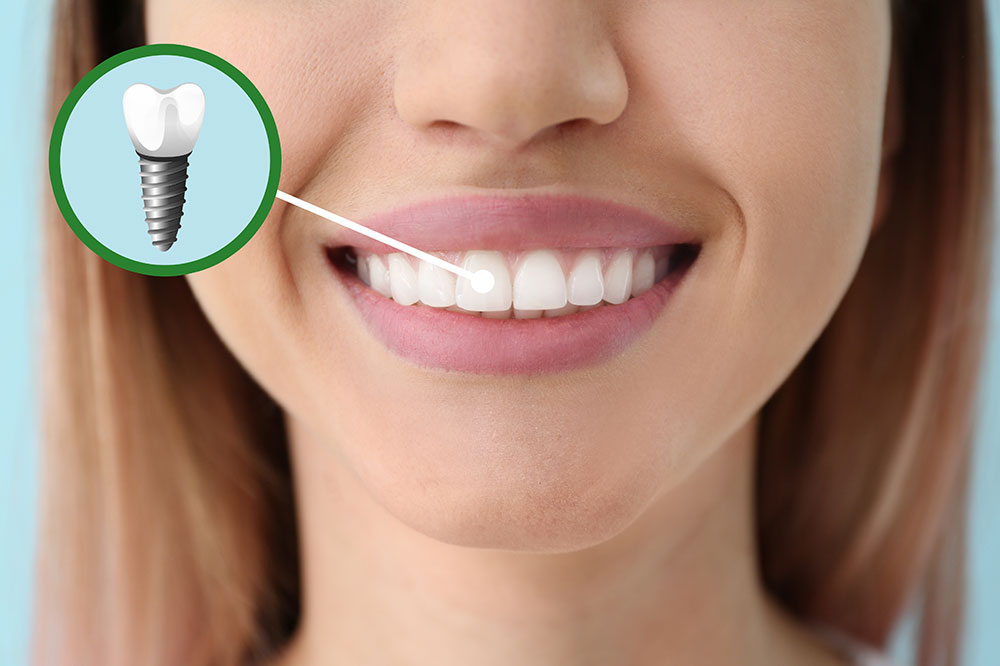9 Popular Types of Skin Peels to Try

Skin peels can help cleanse the skin, remove dead skin cells, and make the skin healthy. The peels are extremely safe to use as well. You can find three main skin peel types: superficial, medium-depth, and deep peels. The chemical peels can help reduce acne, spots, and fine lines and can even treat serious skin conditions such as hyperpigmentation, melasma, and actinic keratosis. Some of the most popular types of skin peels:
Lactic acid peel
Lactic acid is a common component in several skin peel types. Generally, skin care products use lactic acid derived from vegetable sources or sugars, unlike the organic lactic acid found in fermented dairy products such as milk. Lactic acid helps exfoliate the skin by breaking up and eliminating dead cells on the epidermis. By enabling the replacement of dead cells with newly regenerated ones, the peel makes the skin fresh, hydrated, plump, moist, and healthy. Most importantly, lactic acid is highly tolerable for those with sensitive skin, unlike most other acids. Using it regularly helps one refine their skin texture and complexion and eliminate fine lines.
Glycolic acid peel
Glycolic skin peels contain several natural and organic components. As a result, they are among the most popular kinds of peels in the market. These peels use glycolic acid, an alpha hydroxy acid found in fruits such as kiwi, sugarcane, oranges, and grapefruit. Glycolic acid facilitates the breakdown of the surface layers of the skin, letting brighter, fresher, and more youthful skin replace the dull layers. Usually, multiple glycolic peel sessions are required to get the desired results.
Pigment-balancing peel
This skin peel type combines multiple alpha hydroxy acids (AHA) and beta hydroxy acids (BHA), both of which are common agents used in various skincare products. Pigment-balancing peels are used by dermatologists to address skin conditions such as hyperpigmentation. This includes abnormal skin darkening and melasma—which causes skin discoloration. Essentially, people with pigmentation issues can use this peel to even their skin tone and reduce dark patches. Additionally, a pigment-balancing peel also drastically reduces fine lines and acne. Excessive exposure to the sun causes pigmentation issues, so using sunscreen when stepping out is crucial, especially when using pigment-balancing peels.
Alpha-hydroxy peel
Alpha-hydroxy acid (AHA) peels are typically milder than other types of skin peels. AHA peels combine fruit-derived acids, including citric acid, salicylic acid, and lactic acid. One can commonly buy AHA peels from a local pharmacy. The acids in AHA peels chemically separate dead skin cells from healthy skin for users. This helps dramatically reduce scars or acne and gives users an even skin tone. What’s more? AHA peels can also be used to treat skin conditions such as eczema and rosacea. So, AHA peels are one of the most popular skin peel types available.
Vitamin C peel
Vitamin C is an essential nutrient that helps shield the skin against harmful agents such as pollution, smoke, and sun rays. These agents are common causes of free radical damage in the skin. Generally, free radicals make the skin lose its shine, elasticity, and freshness. As a result, if one is perpetually exposed to free radical damage, their skin ends up having an uneven and jaded appearance due to the accumulated dead cells on the surface. Vitamin C is an antioxidant that helps fight and eliminate free radicals to make the skin healthy again. Additionally, the vitamin also prevents further oxidization of the skin brought on by free radicals. As a result, a vitamin C peel can eliminate acne, clean skin pores, and kill bacteria on the skin. Further, vitamin C peels act as a bleaching agent to make the skin have an even tone and become blemish-free.
Salicylic acid peels
Salicylic acid is a BHA that helps tackle excessive oil on the skin. This peel helps target oil glands and clear skin blemishes and congestion. These peels offer light depth and, as salicylic acid can dissolve in oil, the peel can penetrate the skin up to medium depth to clear congestion and reduce oil. More importantly, salicylic acid can provide much-needed relief to inflamed skin due to its anti-inflammatory properties.
Phenol peel
Phenol peels consist of carbolic acid, a powerful chemical for immediate results on the skin. Carbolic acid can be combined with other skincare agents, such as salicylic acid or resorcinol, to remove skin inconsistencies, bacteria, and dead skin cells. One should be careful while using phenol peels due to the powerful nature of its primary component, carbolic acid. This is why a certified physician or professional should apply and remove the peel for users. Usually, users only need to apply this peel once in their lifetime to get truly transformative and long-lasting results.
Trichloracetic acid peel
Trichloracetic acid peels, also known as TCA peels, helps remove several layers of skin. This is a powerful skin peel that helps address skin issues such as blemishes, uneven tone, fine lines, and wrinkles. In terms of depth and effectiveness, TCA can address issues that AHA peels may miss but are not as powerful and abrasive as phenol peels. So TCA peels don’t carry similar risks like causing skin discoloration if used incorrectly.
Enzyme peels
Enzyme peels contain proteins from fruits such as papayas and apples. The peels help stimulate the skin and boost skin renewal. So, enzyme peels have more in common with facial products than other skin peels. Dermatologists usually recommend applying a mask or moisturizer immediately after using an enzyme peel. However, enzyme peels are gentle on sensitive skin. They work by digesting dead skin cells and revealing brighter, more youtful skin.
One is not advised to keep skin peels on for several hours as they may cause skin issues and irritation. Further, certain skin peel types can be used at home and while others may require professional supervision.






